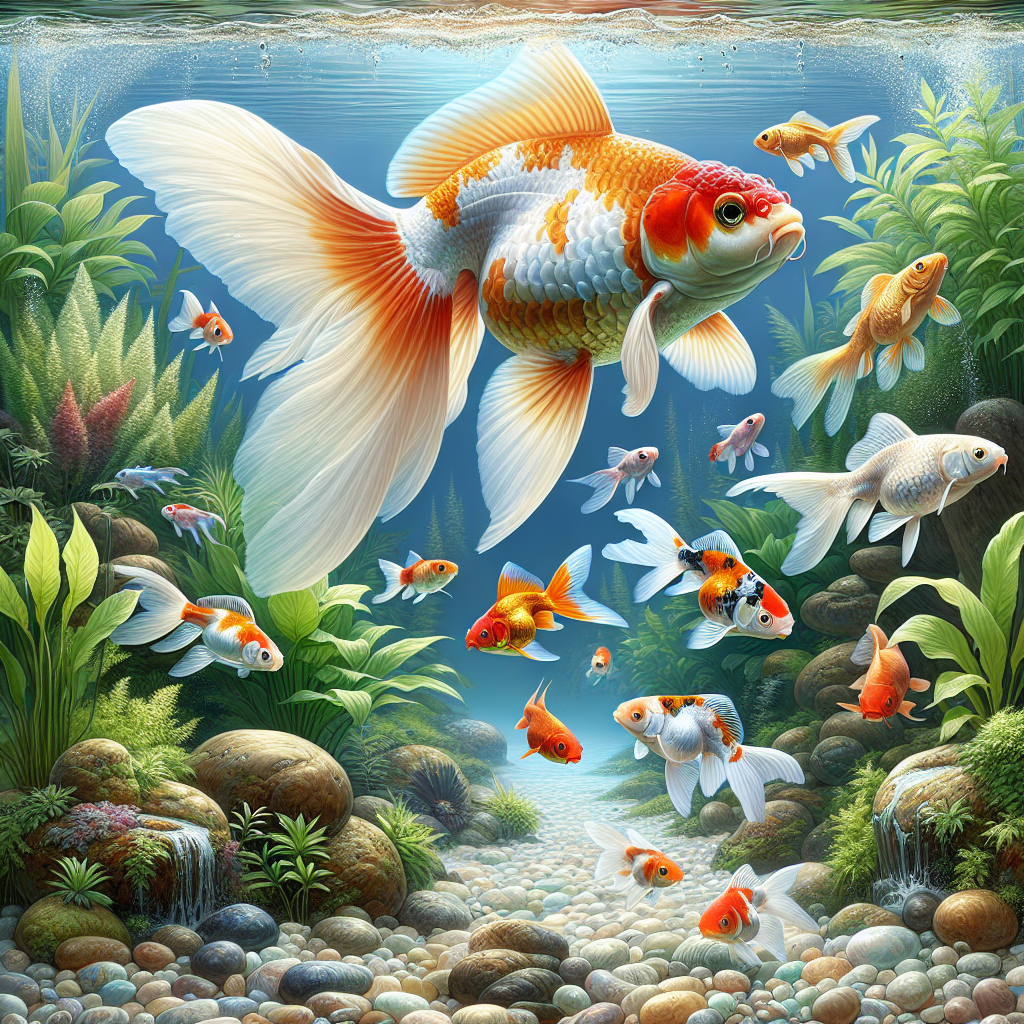Understanding Coldwater Aquariums
Coldwater aquariums are an exciting exploration into the unique and fascinating world of coldwater fish species. Unlike their tropical counterparts, coldwater fish thrive in cooler water conditions, opening up a new realm of aquatic biodiversity for hobbyists to explore. This guide will help you understand how to maintain a coldwater aquarium, what species to buy, and how to ensure their healthy and happy living environment.
Coldwater Aquarium Basics
Setting up a coldwater aquarium requires attention to various critical factors such as tank size, water chemistry, and temperature. Coldwater fish, as the name indicates, prefer cooler temperatures usually between 60-75°F (about 15-24°C). It is important to keep an eye on the temperature because excessive heat can cause stress or even be fatal to these fish.
Essential Equipment
Heaters:
While coldwater fish require lower temperatures, it's necessary to prevent the water from getting too cold. Submersible aquarium heaters are perfect as they automatically maintain the water temperature within a specific range.
Filtration Systems:
Coldwater tanks still need a filtration system to keep the water clean and safe. Filtration systems remove waste products, improve water clarity, and circulate the water to ensure even temperature distribution. Check our gear guide for more information on this essential piece of equipment.
Choosing the Right Fish
Despite a common misconception, there are a variety of coldwater fish species, each with their unique characteristics and requirements. Here are three popular options:
- Goldfish: Goldfish are the most common coldwater fish and come in multiple shapes, sizes, and colors. Learn more about goldfish care here.
- Koi: Koi are beautiful and can grow very large, requiring ample tank space or even a pond.
- White Cloud Mountain Minnows: These small, schooling fish are wonderfully active and brightly colored.

Feeding Coldwater Fish
Coldwater fish have different dietary needs based on their species. Most of them thrive on a diet of flake or pellet fish food designed for coldwater fish. Regularly offering live or frozen foods like daphnia, bloodworms, or tubifex worms can also be beneficial.
|
DRS. Foster and Smith Spring & Fall Coldwater Koi and Goldfish Food, 20 lbs. |
|
|
DRS. Foster and Smith Spring & Fall Coldwater Koi and Goldfish Food, 2 lbs. |
Caring for Coldwater Fish
Keeping your fish healthy involves regular water changes, maintaining a stable temperature, providing a balanced diet, and providing enough hiding spots and decorations for stimulation. Regularly check for signs of stress or illness, such as loss of appetite, unusual swimming patterns, or faded colors.
Check Out These Setup Examples
To get an idea of what a coldwater setup can look like, check out these videos that showcase various successful coldwater aquariums.
Wrapping Up
Maintaining a coldwater aquarium can be a rewarding experience that introduces you to unique species and the soothing beauty of an underwater world. By taking into account critical elements such as the right equipment, fish selection, feeding, and care, you will create a thriving aquatic environment that brings joy to your life while providing a happy home for your coldwater companions.